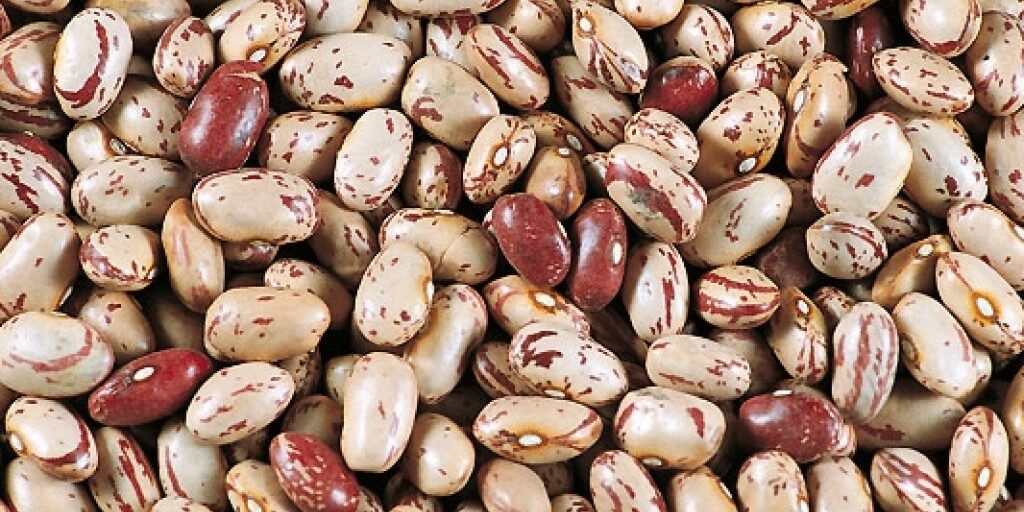
ORIGIN OF THE NAME
“Phaselus” is the name with which the ancient Romans indicated a vessel similar in shape to the bean pod. It is likely that the name refers to a species cultivated in Africa and similar to the bean. It arrived on the European continent after the discovery of the Americas and has become a characteristic crop of the Italian peninsular area.
HISTORY
The bean is essentially an autogamous plant and this has nurtured the spread of numerous varieties, each one characteristic of the territory in which it grows and to which it adapted itself, often induced by the human hand, driven by commercial reasons.
The bean has always had a great importance in the peninsular diet, above all in the peasant cooking, due to its protein component. Its easy adaptability thanks to the rapid formation of ecotypes has allowed its availability to numerous populations.
Important aspect is the flavor, which has always been taken into account also when the selection of local varieties was not natural but artificially driven. As a consequence, the Rieti territory is rich in varieties that differ not only from a morphological point of view, but also in a taste one.
PRODUCTION AREAS
There are many production areas in the province of Rieti and by examining a study published by the Technical Agricultural Institute of Rieti, it is possible to list the related cultivar growing here:
- The Pallottillo Bean of Fiamignano,
- The bean of “Casette”,
- The Fasciole bean of Collemmazzolino,
- The Gentile bean of Labro,
- The Monichèlle bean of Cartore,
- The Presùttu bean of Fiamignano.
Every cultivar has its own characteristics which can be fully appreciated by consumers directly in the sites of production.
ORGANOLEPTIC CHARACTERISTICS
The fruit is a pod and grown in local varieties essentially for the seed that is cooked in different ways but always as a main dish or as a side dish.
NUTRITIONAL VALUE
The bean is rich in salt minerals, vitamins of group B, PP, A and C. 100 grams contains 20% of carbohydrates, 12% of protein substances, 1.5% of fats and the remaining percentage of water. The caloric value is around 140 Kcal per 100g.
USES
The different local varieties of beans can be tasted in the numerous restaurants of the municipal and provincial area, especially in all those farmhouses where local specialties are exalted by the skillful hands of those who know the secrets of our culinary tradition.











